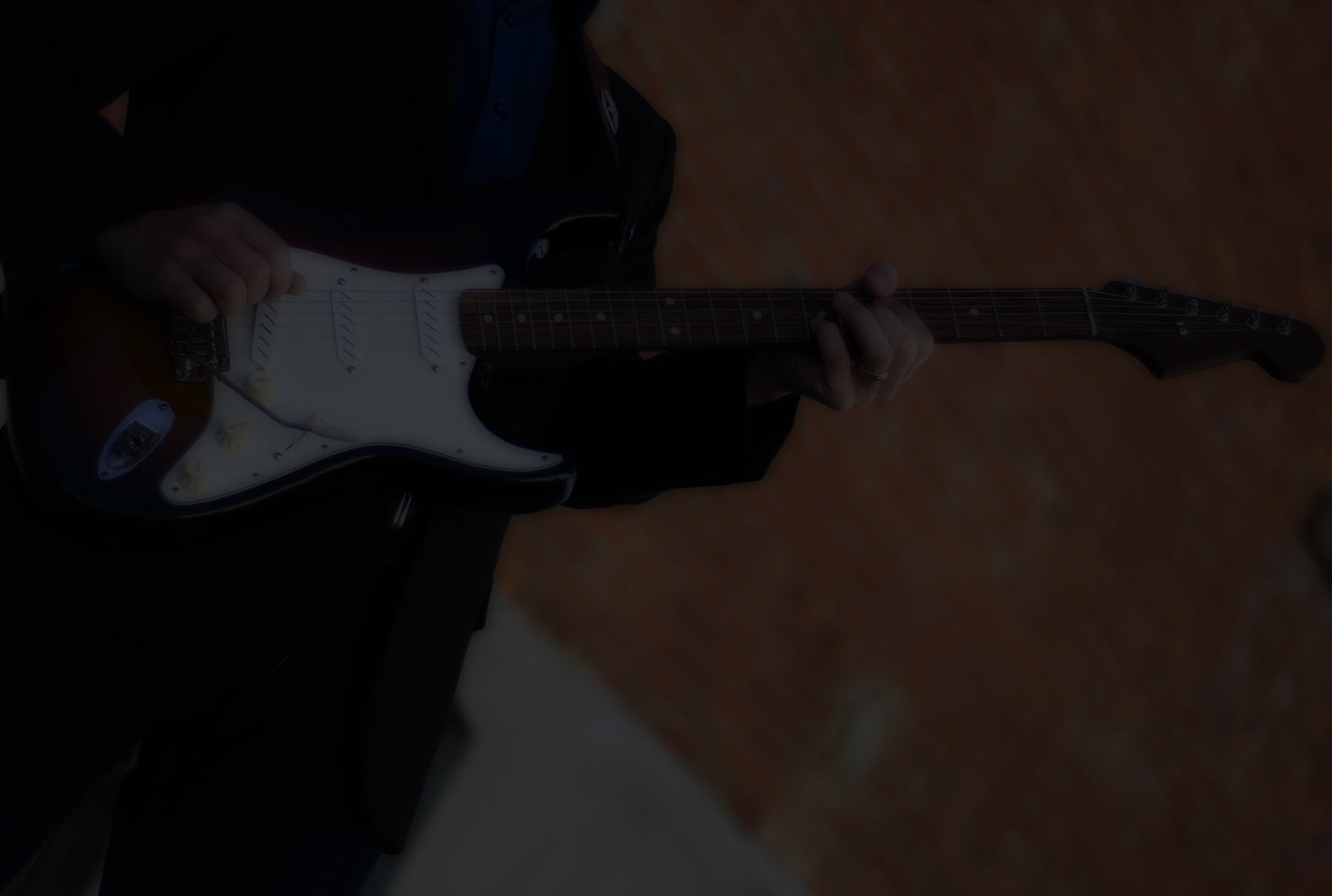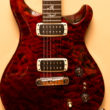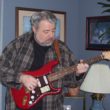any suggestions on a good looper pedal without breaking the bank?
I am absolutely unqualified to recommend one since Santa brought me this looper a couple Christmas' ago and I haven't taken it out of the box yet!
But the Ditto Looper seems to get good reviews whenever I see threads like this. Most of them seem to say a "good looper for the money".
It runs about 100 US dollars. The company has a couple models with more features. One allows you to upload backing tracks to it and another has another button that makes it supposedly easier to use. I'm not sure how. But most of the reviews I've seen are positive.
Maybe someday I'll actually be able to give first hand experience 🙄 🤔
I bought a Boss RC-3. It has a fair amount of capability (99 memory locations, multiple tracks per memory location, track removal, download/uploadable MP3 files, etc.) and its small for pedal board use. When I bought it several years ago, I looked at dual and single channel loopers and decided to go with the single channel, given how I was going to use it (jamming to my own rhythms, not creating complex songs).
I have 4 pedals going into the looper, which I think creates a little bit of noise, but its not bad.
I tried to attach a Word file, but it wouldn't take it. Here is a summary of some of the research I did.
TC Electronics Ditto X4 Looper ($249)
- Dual channel in sync (both play) or series (one follows another at end of loop length)
- Max 5 min loop per channel
- 24 bit sampling
- Can save and export loops
- USB port can import/export loops (StarJam - Import free loops made by music's finest)
- Can reset switches which define how the looper works
- Mono and Stereo in and out.
- Midi sync in / out (sync other equipment)
- FX (effects) switch for how loops stop, etc.
- Decay, adjustable, for dropping out layers (as layers are built)
- Master stop. Also provides master erase.
- Rated as having good sound.
- Does not have a mic input
- Does not have internal storage for multiple songs.
- Does not have 1/8” aux jack for MP3 input
- Can only apply your effects to both loops, rather than being able to specify. The same goes for the decay function
BOSS RC-30 Loop Station ($299)
- Three hours of onboard recording time
- High-powered DSP from BOSS' ESC2 chip
- True stereo I/O
- Appears to be 16 bit sampling
- Dual-phrase loop feature lets you create and sync two independent stereo loops
- 99 memory slots
- LOOP FX provides realtime loop editing
- Mic input (XLR) with phantom power (for condenser mic.)
- USB 2.0 port for swapping/managing files with your computer
- The RC-30 accepts 16-bit/44.1kHz WAV files of up to 1.7GB in size.
- Aux in jack (for portable devices, 1/8” stereo jack). This channel can be recorded and added to loop.
- Onboard rhythms including real audio drum loops
- Auto Recording start
- Undo and Redo as you go. Undo will stop both phrases and you have to re-record your layer of loops; you can’t delete one of your tracks while the other is still playing
- If you have a loop and you layer 3 dubs over that, you can only undo the last created dub. The original loop and the 2 dubs will not be undoable.
- Most features are foot accessible (tap for on/off, etc.), except output and mic input levels
- Built-in effects for processing loops
- Can set up the Boss RC-30 to record a loop, then stop the recording without automatically starting the loop. You can then start the loop later on in the song
- much easier to download WAV files to the RC 30 than it is to jamman stereo
- 1/4 second lag when you are shifting between phrases in real time – fixed by firmware update
- quirk with the RC-30 is that if you are looping two phrases and make a mistake or want to start over, you can’t undo only one phrase. Undo will stop both phrases and you have to re-record your layer of loops
Digitech JML2 JamMan Stereo Looper and Phrase Sampler ($249)
- Store over 35 minutes of stereo, CD-Quality loops in 99 internal memories (9 pre-set rhythm tracks)
- Optional SDHC card can store over 16 hours of CD-quality audio in 99 additional memories (198 total)
- Reverse Playback
- 4 Heavy-duty metal footswitches for looping and loop selection
- Connect to your computer via USB and use the JamManager(tm) Loop Librarian software to organize and archive your loops.
- Aux Input lets you import music from CD and MP3 players
- 3 Stop modes (Stop, Finish, and Fade)
- Load up the JamMan with bass lines, drums, harmonies, and more; create an entire backup band, take it with you, and perform anywhere
- Slow down or speed up any loop without changing pitch
- Rhythm Output sends click track out to your monitor to keep the rest of the band in sync
- Balanced XLR mic input with dedicated gain control is perfect for dynamic and self-powered microphones
- Metronome with multiple rhythm sounds and time signatures
- Rugged metal chassis
- Automatic recording
- Power supply included
- Footswitch: 1/4" jack
- Line/Headphone Output: 1/4" Mono
- Most realtime needed functions are footswitch, except volume nobs (loop, rhythm, mic, instrument peak). Store and delete loops are not footswitches.
- Can’t play multiple loops simultaneously
- Switch noises are loud (impacts live performances with mics in the area)
- Bad reviews for the internal software; causes computers to crash. Jammanager SW is not easy to use (one track download at a time)
Electro-Harmonix 22500 Looper Review ($276)
- Dual stereo loops (2 uncompressed audio tracks) played in parallel or sequentially
- Sequential Looping for Verse/Chorus Switching.
- 100 loop banks
- SDHC card slot supports 4GB-32GB cards (8GB card supplies up to 12 hours of recording)
- 16 drum patterns
- Quantize or free form looping
- Octave switch halves or doubles loop speed
- Tap tempo or tempo shift without changing pitch
- Auto trigger function that starts recording when you start playing
- Mic input with phantom power
- Reverse function
- USB port for backup/restore to Mac or PC
- Optional bank up/down foot controller
- Rated as having good sound quality
- Does not have midi input for multi-instrument sync (drum track)
- Does not have a headphone jack
- Does not have an MP3 input jack
- Bad reviews regarding the mode switch, loops stopping without reason, quantization feature is not good, menus are hard to understand (without using the manual).
Pigtronix Infinity Looper ($372)
- Dual stereo loops. Record, start, stop, overdub, undo and redo on each loop. Requires remote footswitch ($47) for undo and redo function.
- Loop sync and serial. Footswitching used for serial.
- Input split: allows different instruments to each loop.
- Loop outputs can go to different amps.
- 24/48 KHz bit sampling. Good sound reproduction.
- SD card slot. Total recording time with a 8gb card is 2 hours. With a 32gb card it’s 6 hours.
- 9 save slots (one is limited). 50 per loop per another user.
- Second loop can be up to 6 times in length
- Multi-loop play order
- Midi sync
- Aux out (looks like ¼’ jack)
- Does not have a mic input
Boomerang III ($469)
- Can play up to 4 loops at once.
- Three pedals have fixed roles (storing and controlling a loop), you can decide which functions to assign to the other two
- Serial looping
- Sync loops and free play. In “Sync Play Mode,” the Boomerang III automatically synchronizes your loops, and in “Free Play Mode” the loops play at the original speed at which they were recorded
- Unfortunately, “Sync Play Mode” and “Free Play Mode” are only available through a firmware update. To get the update, Boomerang emails you a MIDI file to install. The installation procedure can be a little difficult, potentially involving a USB/MIDI interface (which Boomerang sells). The full procedure and other installation options are detailed on Boomerang’s website. Although the install is a bit of a pain, Boomerang has excellent customer support and can deliver personalized solutions within a day or two.
- Seventeen and a half minutes of mono recording and eight minutes forty-five in stereo (24 KHz sampling)
- Choice of sampling rate, either 24 or 48 kHz
- Seems complex to use. Midi update required for all features (don’t have USB/Midi HW)
Vox Dynamic Looper
- No volume control. Other features OK.
Single Channel Loopers
TC Electronics DITTO X2 ($179.99 Guitar Center)
- USB 2.0 for upload/download
- True bypass, analog dry-through
- Noted as sounding better than Boss RC-50 (see above link)
- 5 min of looping
- Unlimited overdubs
- 24 bit uncompressed sampling
- Dedicated Start/Stop Button
- Looper effects: Stop, Reverse and Half Speed
- Loop Import/Export and Backing tracks (get 8 free StarJam loops – can obtain more)
- Undo / Redo function
- Easy to operate
- Stereo I/O supports two guitar players going to two different amps
- Only loads one backing track at a time
- Only outputs one recorded track at a time
- No MIDI sync capability
- DC adapter sold separately
Great summary of looper pedals. Thanks for sharing this.
I have a Ditto, which I haven't used a lot. Given how many loopers are out there, I'm not sure how it stacks up against the competition.




